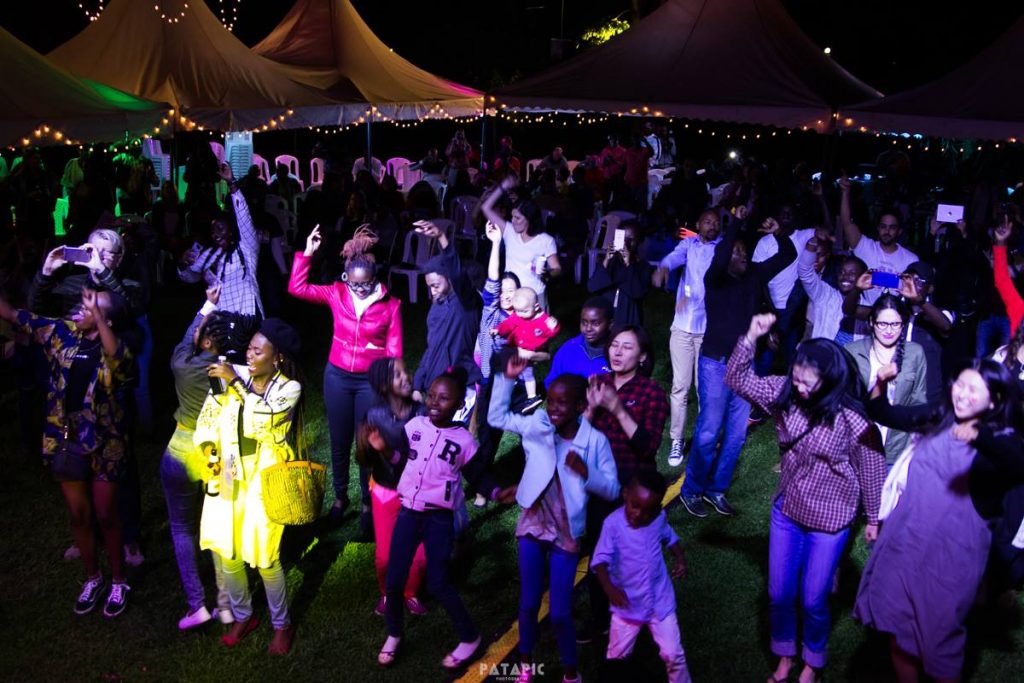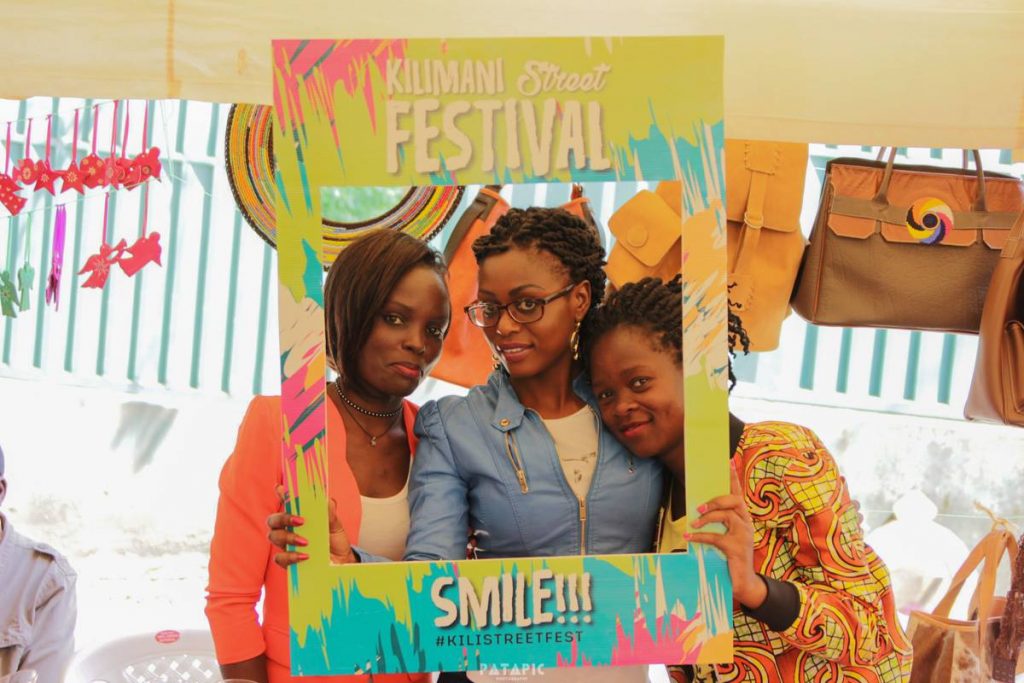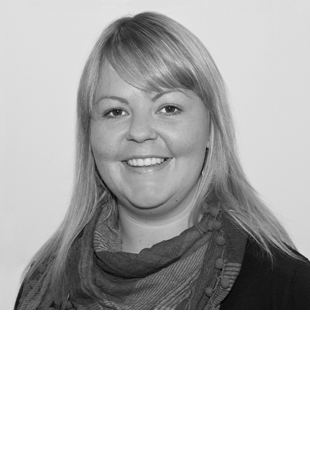Creating vibrant urban communities in large cities – experiences from Nairobi’s Kilimani Project Foundation
01 Dec 2017
 In the last decade, the pace of urbanization, especially in Africa and Asia, has been rapid. It is predicted that by 2050 about 64% of the developing world and 86% of the developed world will be urbanized. That is equivalent to approximately 3 billion urbanites by 2050. In many fast-growing cities in Africa, what constitutes an urban neighbourhood has undergone dramatic change. In Kenya’s capital city Nairobi, not only have shanty towns grown as rural migrants move in search of work and opportunity, but often public services are stretched and power and water outages can become common.
In the last decade, the pace of urbanization, especially in Africa and Asia, has been rapid. It is predicted that by 2050 about 64% of the developing world and 86% of the developed world will be urbanized. That is equivalent to approximately 3 billion urbanites by 2050. In many fast-growing cities in Africa, what constitutes an urban neighbourhood has undergone dramatic change. In Kenya’s capital city Nairobi, not only have shanty towns grown as rural migrants move in search of work and opportunity, but often public services are stretched and power and water outages can become common.
The Kilimani Project Foundation (KPF) was established in August 2012 by a group of residents from the Nairobi neighbourhood of Kilimani, one of the city’s oldest and most diverse with a population of 43,000. Working with a network of volunteers, it seeks to bring the community together and identify ways to address collective interests and concerns from traffic congestion, to a lack of green spaces, recreational facilities and crime. Constant Cap, KPF’s Coordinator, shares how they have worked to use a mix of community engagement, community organizing and local resource mobilization to build a model for urban communities in large cities.
GFCF: Who does KPF understand to be its community?
Constant Cap: We see Kilimanians from various perspectives. Being an area of land used for different purposes, we have people who live in the area (residents), people who work in the area, and those who pass through Kilimani for one reason or another. For example, there are over 15 schools in Kilimani and while not all the students in these schools live in the area, their parents come to drop them off and pick them up every day, so essentially they are part and parcel of the Kilimani community. We also have informal vendors who live in nearby neighbourhoods and we have Nairobians who drive through Kilimani moving from one part of the city to another. These people spend part of their day in Kilimani and are therefore stakeholders in the area, and part of the community.
GFCF: What steps has KPF taken to understand that a lack of community space (and connections) was a key concern for Kilimanians?
CC: One of the big challenges of modern urban areas is that people tend to think about the space they occupy. This can be physical space or social space. With the hustle and bustle, they tend to be focused on their day to day challenges and networks.
In middle class neighborhoods of Nairobi this translates to people privatizing service delivery when the state or the municipality does not meet expectations. This is common for things like garbage collection, security, water supply and even sewerage. However, unfortunately, it does not take away the problems. If anything, it brings about more division in the society and creates more roots for mismanagement in the public sector.
As a foundation, we work along five pillars which depict the key areas that any community would require to live in harmony. These are Security, Green Spaces, Enterprise Development, Social Cohesion and Planned Development. With the diversity we have in our community (social, cultural, economic and political) these pillars cut across all lines and allow us to advocate for a better Kilimani for all.
The foundation runs campaigns and events along these pillars and these are open to people of all backgrounds or professions. The result has been greater unity and understanding within the community, a bigger sense of ownership of the neighbourhood, as well as a wider understanding between stakeholders and the public sector.

GFCF: What changes has KPF seen as a result of efforts like the recent Kilimani Street Festival? Has the profile or role of KPF itself changed or grown as a result?
CC: Events like the Kilimani Street Festival have created a sense of cohesion and belonging within the community. They have also opened the eyes of other communities to enable them to realize that the city belongs to its citizens, and that it is only through citizen effort and action that we can bring change to our society. It has also brought a lot of pride in the citizenry, especially those from Kilimani who now have a deeper sense of ownership of their neighbourhood.
GFCF: Why is a community philanthropy organization like KPF well placed to coordinate such work?
CC: KPF is keen on making citizens take charge and control to make their communities better for all. The recent drive towards #ShiftThePower is key to make residents and other stakeholders know that communities have loads of resources within their reach that can be used to make everyone’s life better. KPF’s focus on membership and member involvement through various avenues such as volunteering and resource mobilization has also helped involve more people, and make them feel part of community through the contribution they make to the foundation and its activities.

